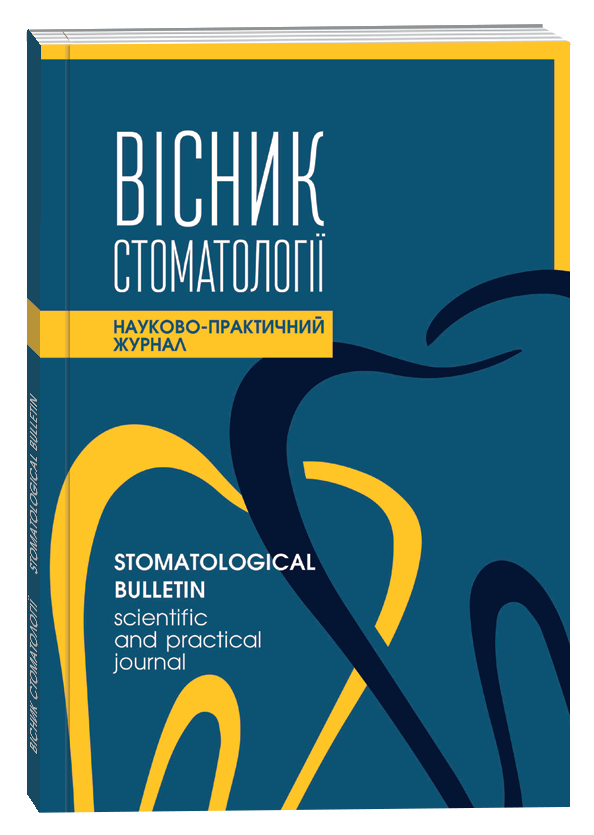LINGUAL-PALATINE REFLEX AS A SIGNIFICANT FACTOR IN SUCCESSFUL SWALLOWING IN HUMANS
DOI:
https://doi.org/10.35220/2078-8916-2021-40-2.6Keywords:
tongue, palate, incisor pad, reflexAbstract
The act of swallowing is fast, complex neuromuscular action, which consists of several stages. The swallowing process was classified into oral, pharyngeal and esophageal stages according to the location of the bolus. The oral stage is involuntary and controlled by the human cerebral cortex, i.e. it is possible to control the activity of chewing or stop it when problems with unpleasant food fragments (strength, taste, foreign body) appear. Then, there is a pharyngeal stage of swallowing when the tongue moves backwards. This tongue’ action serves for movement of the food lump and creates increased pressure in the upper part of the pharynx. Thus, the tongue plays a significant role in the oral and pharyngeal stages of swallowing. A small number of works are devoted to the study of neuro-reflex contacts of the tongue and palate. Purpose of the study. To clarify some key points of the initial oral stage of swallowing in normal conditions and in patients with pathology of the anterior third of the tongue, to provide a possible physiological justification for lingualpalatal contact of the tip of the tongue with the palatal torus as a separate necessary reflex. The success of the act of swallowing depends on the ability of a person to focus the tip of the tongue in the incisive papilla of the mucous membrane of the upper jaw. This element of the initial act of swallowing is usually not considered and underestimated. Scientific novelty. As a result of clinical observations, an attempt was made to present this reflex arc as a separate reflex and its cycle is traced to the nuclei of the trigeminal nerve and the cerebral cortex. The arc of this reflex can be represented by the following scheme: behind the incisors of the upper jaw the mucous membrane is innervated by the incisive nerve from the nasopharyngeal nerve and the nasopharyngeal autonomic node, which is connected with the second branch of the trigeminal nerve. Conclusions. Thus, we were given a neuro-physiological justification for the need for contact of the end of the tongue with the palatal roller of the mucous membrane of different parts of the upper jaw, as the initial phase actualizes the necessary for the success of the next global phase. This new neuro-reflex connection was called the “Incisorlingual reflex arc”.
References
Максимова П.Е., Макалиш Т.П. Анатомия и физиология акта глотания. Международный студенческий научный вестник. 2018. № 6. С. URL: http://www.eduherald.ru/ru/article/view?id=19411.
Cantemir S, Laubert A. The physiologic and the pathologic swallowing process. HNO. 2017. Vol. 65(3) Р. 261-270. https://doi.org/10.1007/s00106-017-0469-y
Akihiko IIDA, Kyuhachiro SHIMADA, Masao KITAMURA Reflex Responses of the Extrinsic Tongue Muscles to Mechanical Stimulation of Hard Palate in the Cat. Journal of The Japanese Stomatological Society. 1992. Vol. 41 (4) P. 631-646 https://doi.org/10.11277/stomatology1952.41.631.
Thexton A.J. Oral reflexes elicited by mechanical stimulation of palatal mucosa in the cat. Archives of Oral Biology. 1973. Vol. 18 (8) P. 971-980 https://doi.org/10.1016/0003-9969(73)90178-7.
Shigematsu T, Fujishima I. Dysphagia and swallowing rehabilitation. Brain Nerve. 2015. Vol. 67(2) P. 169-82. https://doi.org/10.11477/mf.1416200109.









